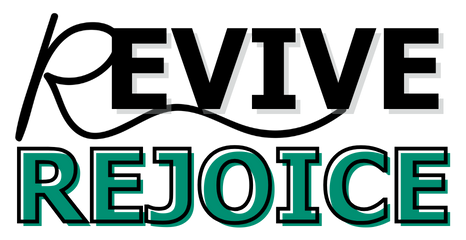Your Body Can Heal Itself? Science Says Do This One Thing Daily (It’s Easier Than You Think!)
Feeling tired, inflamed, or stuck in a health rut? It’s not your fault — we’ve been conditioned to chase quick fixes. Big Pharma won’t tell you this, but your body already has what it needs to heal itself.
The problem? Most people never learn how to turn that power on. The good news is, science shows you can activate your natural healing system through simple, proven methods like fasting and cellular repair.
In this article, you’ll discover how your body regenerates from the inside out — no prescriptions, no gimmicks, just what works. Ready to reclaim your health? Let’s begin.
Activate Your Body’s Natural Healing
Autophagy: The Cellular Cleanup Crew
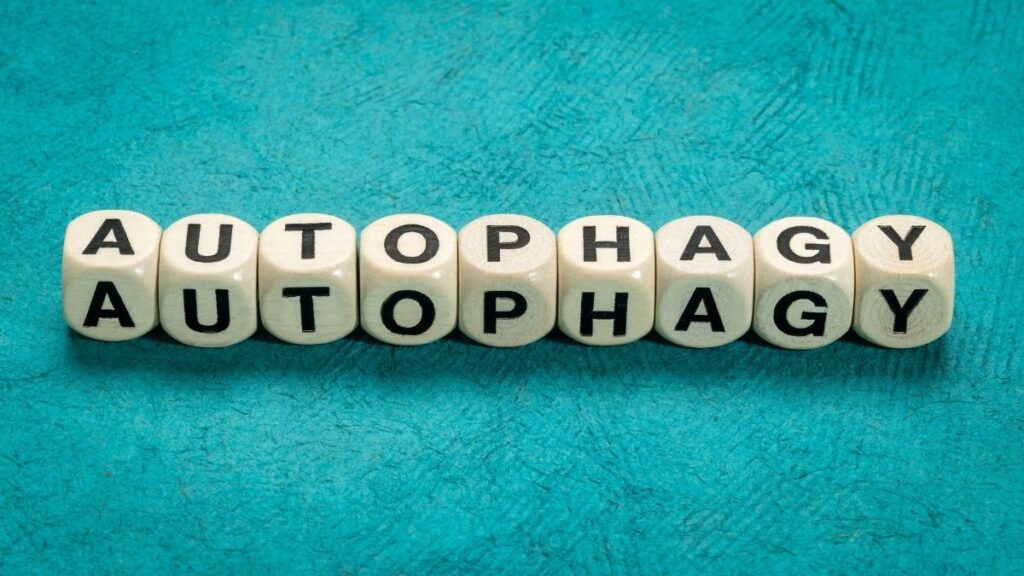
Your body has an internal housekeeper called autophagy, and it works best when you’re not constantly eating. This process clears out damaged cells and proteins, recycling them for energy or repair.
It’s like a deep-clean for your body at the cellular level. Triggered by fasting, autophagy can help reduce the risk of many chronic illnesses, including Alzheimer’s and cancer.
Scientists have even linked it to increased longevity. What’s remarkable is that this is something your body does naturally — no pills required.
Immune System Reboot: Stem Cell Regeneration

Fasting does more than just give your gut a rest — it can reboot your immune system.
After just three days of fasting, studies have found your body starts regenerating white blood cells using stem cells.
These are the building blocks for new immune cells that protect you from viruses and disease. Researchers from the University of Southern California showed how prolonged fasting stimulates stem cell production.
Inflammation Reduction and Metabolic Shifts

Chronic inflammation is linked to heart disease, diabetes, and even depression. But when you fast, your body naturally lowers inflammatory markers.
Insulin levels drop, helping your cells respond better to energy signals. At the same time, your metabolism shifts from burning sugar to burning fat — a cleaner, more efficient fuel.
This shift reduces oxidative stress and supports brain health.
Step-by-Step Guide to a 72-Hour Fast
Starting a 72-hour fast may sound intense, but it’s more manageable when broken into steps.
Think of it as three days of structured rest for your body. The first 24 hours lower insulin and start using stored energy. By day two, your body enters ketosis and begins autophagy.
Day three is where deep cellular repair and immune regeneration peak. The benefits compound over time. To do it safely, you need to plan each phase properly.
Preparation Phase (Days 1 to 3 Before Fasting)

The days leading up to your fast are just as important as the fast itself. Start by reducing processed carbs and sugars — this helps your body transition into fat-burning more smoothly.
Hydrate well, and get enough sleep to avoid fatigue later. Eat clean, whole foods like lean protein, leafy greens, and healthy fats.
This helps stabilize blood sugar and prevents cravings. Avoid heavy meals or alcohol before your fast.
Think of this phase as warming up your body for a reset. It’s also a great time to mentally prepare and clear your schedule for relaxation and light activity.
The 72-Hour Fast Breakdown

Once your fast begins, water becomes your best friend. Sip throughout the day to stay hydrated. In the first 12–16 hours, your body uses stored glucose. After that, it shifts into fat-burning mode.
Around the 24-hour mark, autophagy kicks in. Day two is when ketone levels rise, improving brain function and energy.
On day three, stem cell regeneration and immune repair take place. Throughout the fast, rest is essential.
You’re not starving — your body is healing and resetting. Use this time to stretch, meditate, or journal. Avoid intense workouts, and focus on inner stillness.
Breaking the Fast Safely

Reintroducing food after a long fast must be done with care. Your digestive system has been in rest mode, and you want to avoid shocking it.
Start with bone broth, steamed vegetables, or a small amount of fermented food like sauerkraut. Avoid heavy meats, fried foods, or anything processed.
Give your body time to adjust by eating light meals for the next 24–48 hours.
This helps maintain the benefits of the fast and prevents discomfort like bloating or nausea. Eating mindfully and slowly will help you recognize when you’re full and protect your gut from stress.
Common Mistakes and How to Avoid Them
Even the most motivated person can make mistakes when fasting. Let’s clear up the big ones:
1. Neglecting Electrolytes During Your Fast
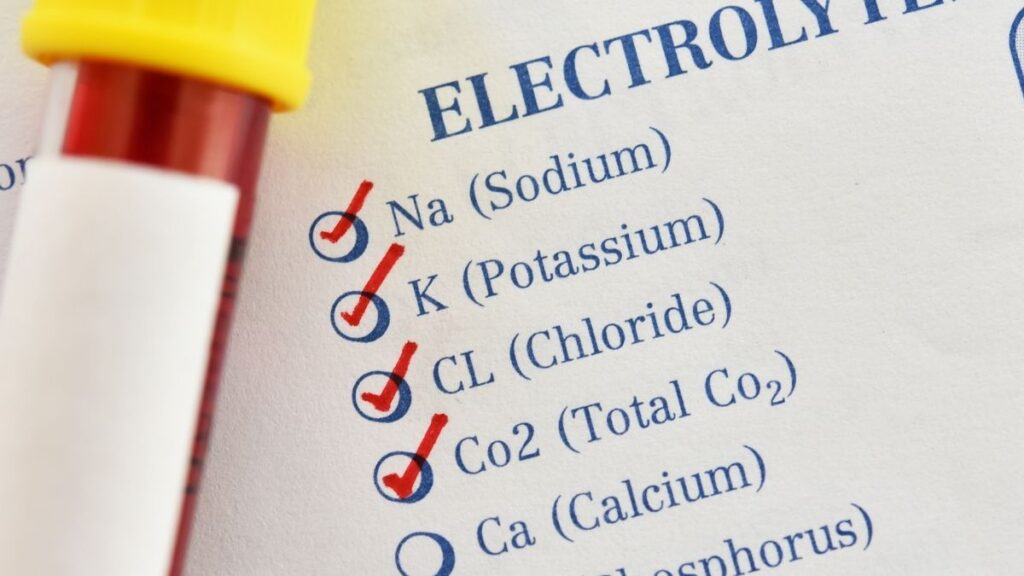
Skipping electrolytes can lead to headaches, fatigue, and muscle cramps. Your body loses sodium, potassium, and magnesium during fasting — and water alone won’t replace them.
Add a pinch of sea salt to your water or consider mineral supplements.
2. Overexerting Yourself Physically
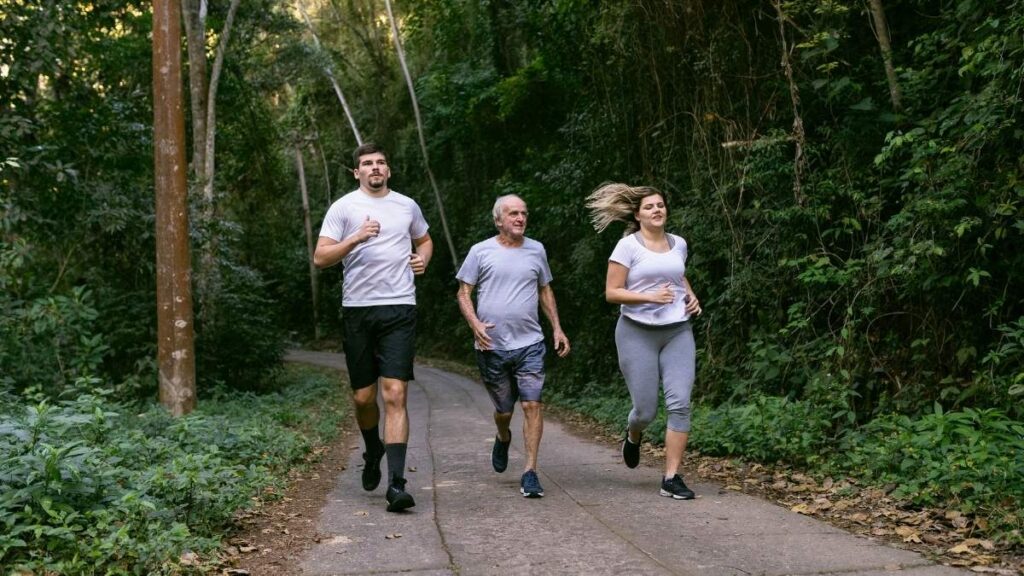
Pushing through intense workouts while fasting can drain your energy and stress your system. Stick to light movement like walking or yoga.
Your focus should be on healing, not pushing limits.
3. Breaking Your Fast With the Wrong Foods

Ending a fast with sugar, processed snacks, or heavy meals can lead to digestive upset and reverse the benefits.
Go slow, keep it simple, and choose nutrient-dense foods that are easy to digest.
Addressing Skepticism and Myths
Myth 1: “Fasting Slows Metabolism”

The truth is, short-term fasting can actually boost metabolism. Studies show that fasting for up to 72 hours increases norepinephrine levels, which help the body burn fat more efficiently.
Metabolism doesn’t shut down — it adjusts and becomes more efficient.
Myth 2: “Fasting is Starvation”
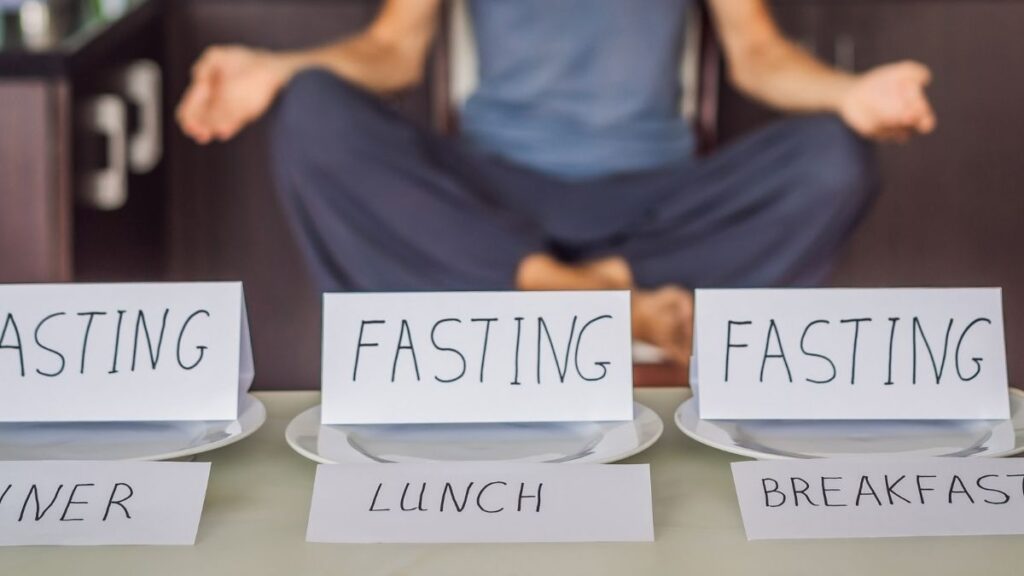
Starvation happens when the body is deprived for long periods without choice or control. Fasting is intentional and time-bound.
Your body has evolved to handle short periods without food by activating survival pathways that promote healing and repair. It’s a strategy — not a threat.
Final Thoughts
Your body is more powerful than you’ve been told. Big Pharma profits when you believe that health only comes in a pill bottle.
But real healing starts from within. Fasting activates systems that cleanse, repair, and strengthen your body — without medication.
It’s backed by science and rooted in nature. With the right guidance, you can tap into this ancient, biological reset button. Listen to your body, trust the process, and reclaim control of your health — one fast at a time.

